
A T W O D O T B O O K
An imprint and registered trademark of Rowman & Littlefield
Distributed by NATIONAL BOOK NETWORK
Copyright 2016 Cheryl Moore-Gough
Photos by Cheryl Moore-Gough except those on pages 2, 4, 6, 8, 10, 12, 13, 14, 100, 139, 213, 219 courtesy of Thinkstockphotos.com and author photo, page 322, by Denise Skenzel.
All rights reserved. No part of this book may be reproduced in any form or by any electronic or mechanical means, including information storage and retrieval systems, without written permission from the publisher, except by a reviewer who may quote passages in a review.
British Library Cataloguing-in-Publication Information available
Library of Congress Cataloging-in-Publication Data
Names: Moore-Gough, Cheryl, author. | Gough, Robert E. (Robert Edward), author.
Title: Rocky Mountain vegetable gardening guide / Cheryl Moore-Gough and Robert Gough.
Description: Guilford, Connecticut ; Helena, Montana : [TwoDot logo], [2016] | Includes bibliographical references and index.
Identifiers: LCCN 2015040173| ISBN 9781493019724 (pbk. : alk. paper) | ISBN 9781493019731 (e-book)
Subjects: LCSH: VegetablesRocky Mountains.
Classification: LCC SB321 .M85 2016 | DDC 635/.30978dc23 LC record available at http://lccn.loc.gov/2015040173
 The paper used in this publication meets the minimum requirements of American National Standard for Information SciencesPermanence of Paper for Printed Library Materials, ANSI/NISO Z39.48-1992.
The paper used in this publication meets the minimum requirements of American National Standard for Information SciencesPermanence of Paper for Printed Library Materials, ANSI/NISO Z39.48-1992.
To Rocky Mountain vegetable gardenersmy colleagues, students, and inspiration. You spend three months each year in a blaze of activity, planting, watering, fertilizing, nurturing, and harvesting. You battle wind, hail, insects, and weeds, in order to produce the freshest, tastiest, and most nutritious vegetables for your families. You experiment with heirlooms and hybrids, and sometimes even save your seeds from year to year. You eat what you can consume fresh then freeze, can, pickle, and dehydrate until three in the morning. And then its over. Nine months of snow and ice, gray skies, and slippery roads, during which time you can still enjoy the fruits of your summertime labors, read books and catalogs, search the Internet, and plan for your next vegetable garden.
This book is for you.
Acknowledgments
For your contributions to this edition of Rocky Mountain Vegetable Gardening Guide , a big thank-you to Kristin Braaksma, Karen Carter, Lavon Carter, Bill Gilbert, Kathy Gillin, Andra Spurr, Dan Spurr, and Dr. Stephanie Walker.
Dr. Bob Gough, my late husband, passed into the big vegetable garden in the sky in 2011. Many of the words in this book are his, and I could not bear to omit him as coauthor. I owe him a tremendous debt for the inspiration he was to me and my writing while we were together, and for the fact I found someone as enthusiastic about vegetable gardening as I am.
To the good folks at TwoDot Books Courtney Oppel, Julie Marsh, Joanna Beyer, Kathy Brock, and Chris Jagger thank you for making this happen.
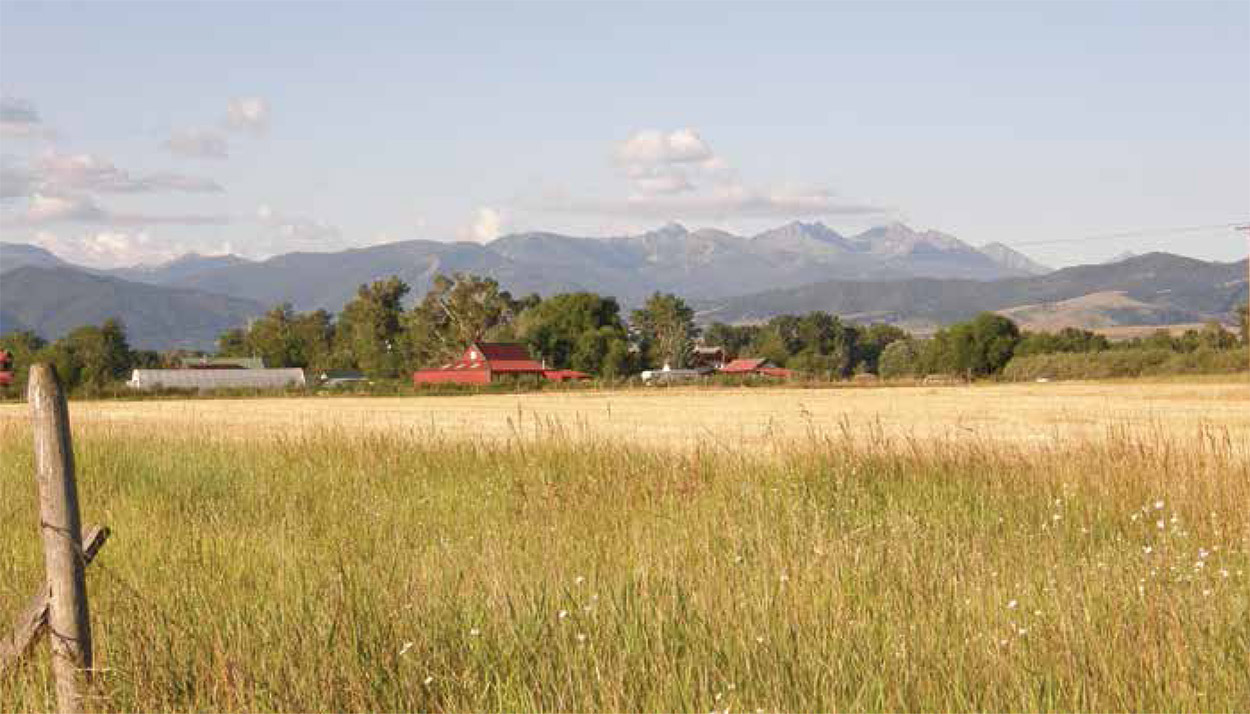
Welcome to Gardening in the Rockies
Are you tired of boring grocery-store carrots and tasteless tomatoes? Are you done with spending your food dollars on less-than-ideal greens? Would you like to pick your own, juicy, mouthwateringly delicious tomatoes, harvested at the peak of flavor? Would you like to enjoy your childrens eager squeals as they taste freshly picked sugar snap peas (full of natural goodness!)? Do you love to be out in the beautiful Rocky Mountain air and sunshine? Then join me as I help get you started vegetable gardening!
Theres nothing like growing your own vegetables your way! You may choose to garden organically, minimizing chemicals to which you may not want your family exposed. You may choose to use modern technology and chemicals. Or, you might decide to just use the least toxic methods everywhere, whether it is handpicking fat tomato hornworms, spraying insecticidal soap on aphids, or using that great old Christmas-sounding weed control... hoe, hoe, hoe! There are many ways to garden successfully, even in our short seasons. How you garden is your choice; you have the control when you grow your own vegetables!
Another benefit of growing your own vegetables is the increase in selection due to the wide variety of edibles offered in todays gardening catalogs, like yellow-fleshed watermelons, black tomatoes, and blue potatoes. Did you ever fall in love with an exotic plant while on vacation? Bob and I didwe ate callaloo in Jamaica, found some seeds in a catalog, put them in the ground, and watched them not grow. While we really didnt expect a tropical plant to thrive in Montana, it was a fun experiment. But there are plenty of good eats available to gardeners that just arent on store shelves, or if they are, youll pay a ridiculous price for them!
This brings to mind one more pointa packet of seeds that will result in hundreds of plants, costs far less than the equivalent number of vegetables purchased at the market. Of course, you have to figure in water, fertilizer, and your time when you consider cost, but many gardeners feel they are getting quite a bargain with their garden.
A beginning vegetable gardener often doesnt realize just how limited our Rocky Mountain growing conditions are. She just wants help getting growing, and a good gardening book can do just that. An experienced vegetable gardener transplanted into the Rocky Mountain region may be tempted to throw in his trowel in despair or, on the other hand, will find resources to help get familiar with his new locale and its limitations, stick out his jaw and defy our diverse and challenging conditions, and grow abundant food for his family and to share with others.
As gardeners and authors, my late husband and coauthor of the first version of this book and I relate to each of these circumstances. Dr. Bob started gardening at the age of 5 in Rhode Island. He transplanted to the Rocky Mountain region and had to modify his gardening to the adverse climate, rocky and alkaline soils, and shorter growing season found here. I started my gardening experience in the Gallatin Valley of Montana and never knew anything other than the unexpected summer snows, strong winds, hail, and tough weeds; I learned how to garden in these conditions.
Each of us would have welcomed a book such as this, but what was available at the time was much too general and often not applicable to our growing conditions. While trial and error work, it helps to have good, solid guidance right from the start. Whether you are a beginning gardener, just starting down the path of producing your own food, or have a few plots under your belt, the information found here is meant to help you, the eager reader, understand how to go about vegetable gardening in this tricky region. References are included if you need further information and a handy glossary to define less-than-familiar terms. Dont be intimidated by gardening in the Rocky Mountains; its fun and very rewarding!
Lets talk about how this book can help you. The first section is divided into helpful general gardening topics that apply to our region. The second section discusses in detail the specific vegetables that will grow well in the Rocky Mountain Region. Here then is an overview of those chapters and what you can expect to learn from them.
The Lay of the Land: The Rocky Mountain Region
Next page

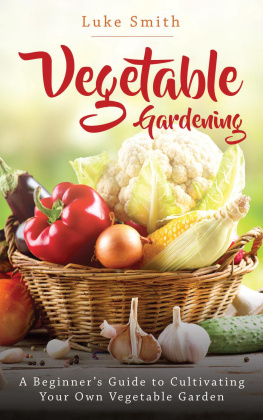
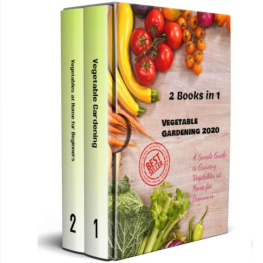
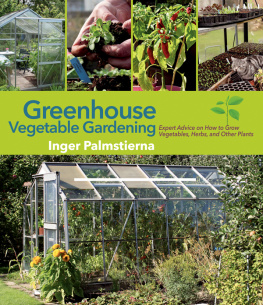
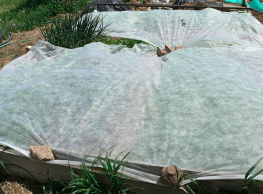
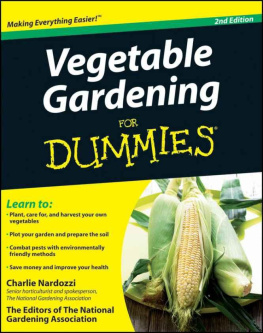



 The paper used in this publication meets the minimum requirements of American National Standard for Information SciencesPermanence of Paper for Printed Library Materials, ANSI/NISO Z39.48-1992.
The paper used in this publication meets the minimum requirements of American National Standard for Information SciencesPermanence of Paper for Printed Library Materials, ANSI/NISO Z39.48-1992.